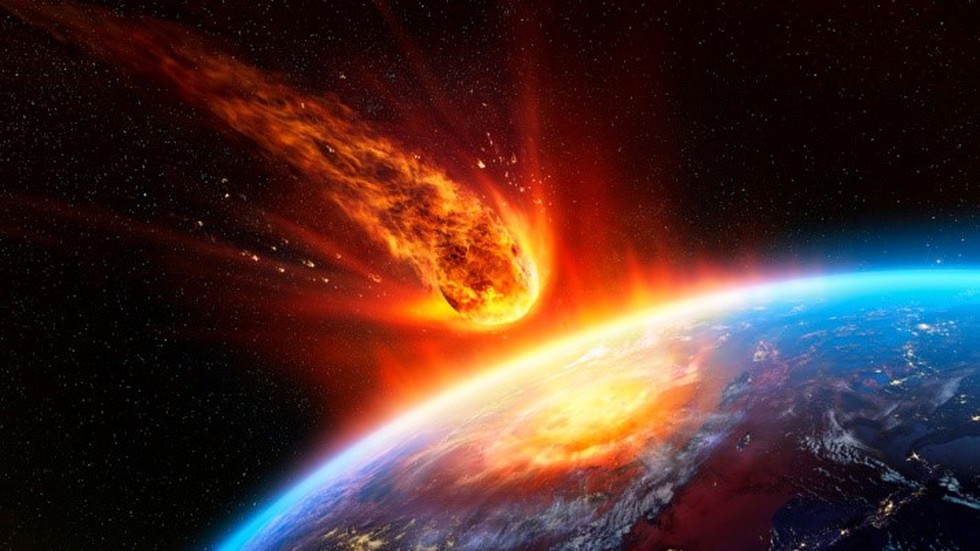About Ureilite:
- ‘Ureilites’ are a rare class of primitive meteorites that constitute just a tiny fraction of meteorites on Earth.
- It is named after the locality where the first specimen was discovered, the Novo Urei village in Russia.
- Composition:
- They consist of silicate rock, mostly olivine and pyroxene, interspersed with less than 10% of carbon (diamond or graphite), metal sulphides and a few fine-grained silicates.
- They contain elongated cavities generally stretched in the same direction.
- Lack of Chondrules: Unlike many other stony meteorites, ureilites do not contain chondrules, which are small, spherical grains that formed in the early solar system.
- Primitive Nature: Ureilites are considered primitive meteorites because their composition closely resembles the material from which the solar system formed.
Key Facts about Dhala Crater:
- It is the oldest and the largest impact crater in India.
- It is estimated to have formed some 2500 million years ago.
- Named after the village Dhala, the crater is an eroded leftover of the original impact structure.
- Location: It is located in Shivpuri district in Madhya Pradesh.
- Size: It is a massive 11 km in diameter, making it the largest in Asia.
What’s the difference between a meteor, a meteoroid, and a meteorite?
- Meteoroids: They are objects in space that range in size from dust grains to small asteroids.
- Meteors: When meteoroids enter Earth’s atmosphere (or that of another planet, like Mars) at high speed and burn up, the fireballs or “shooting stars” are called meteors.
- Meteorite: When a meteoroid survives a trip through the atmosphere and hits the ground, it’s called a meteorite.
